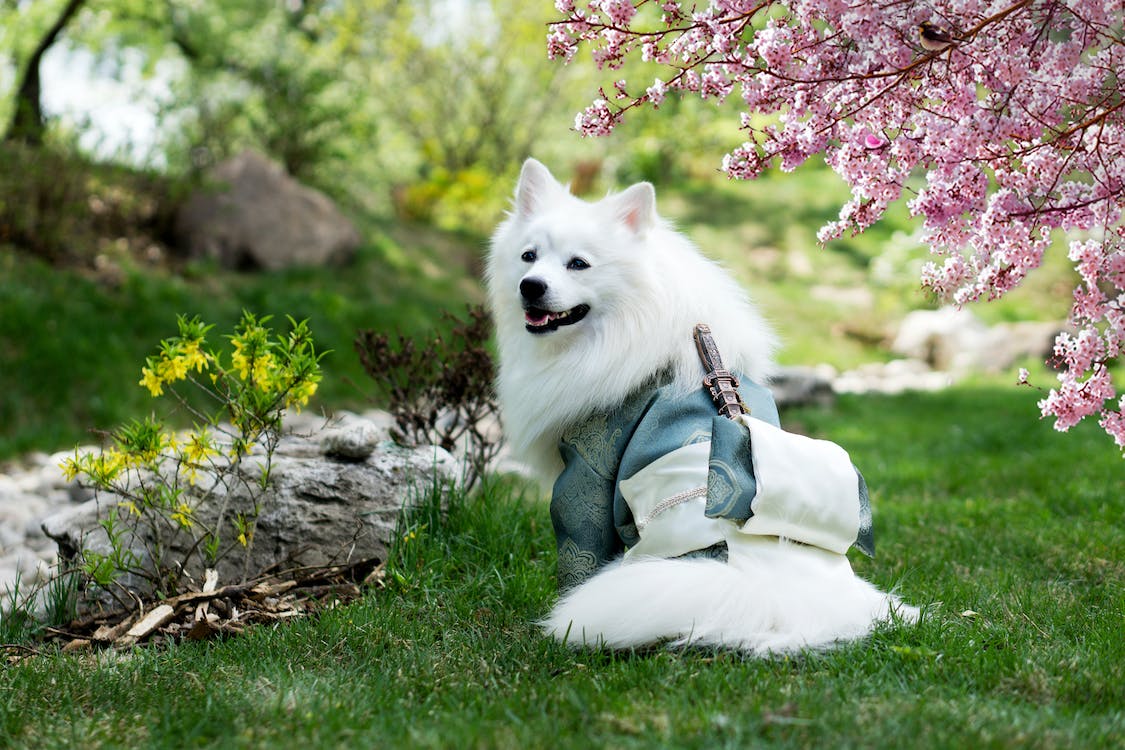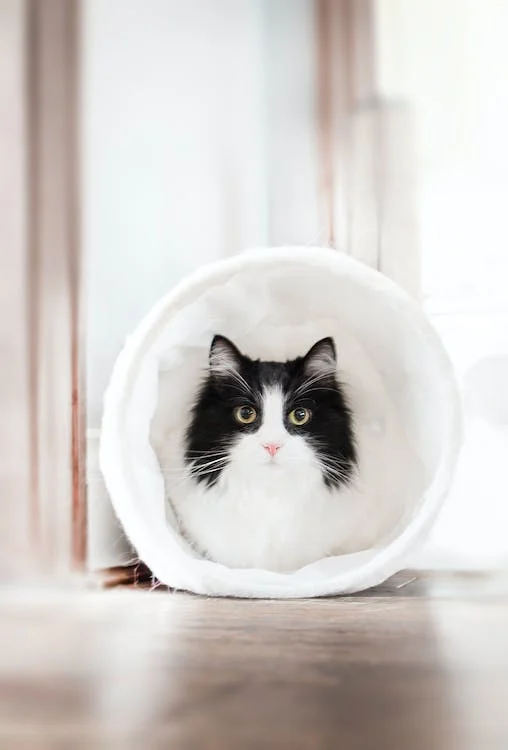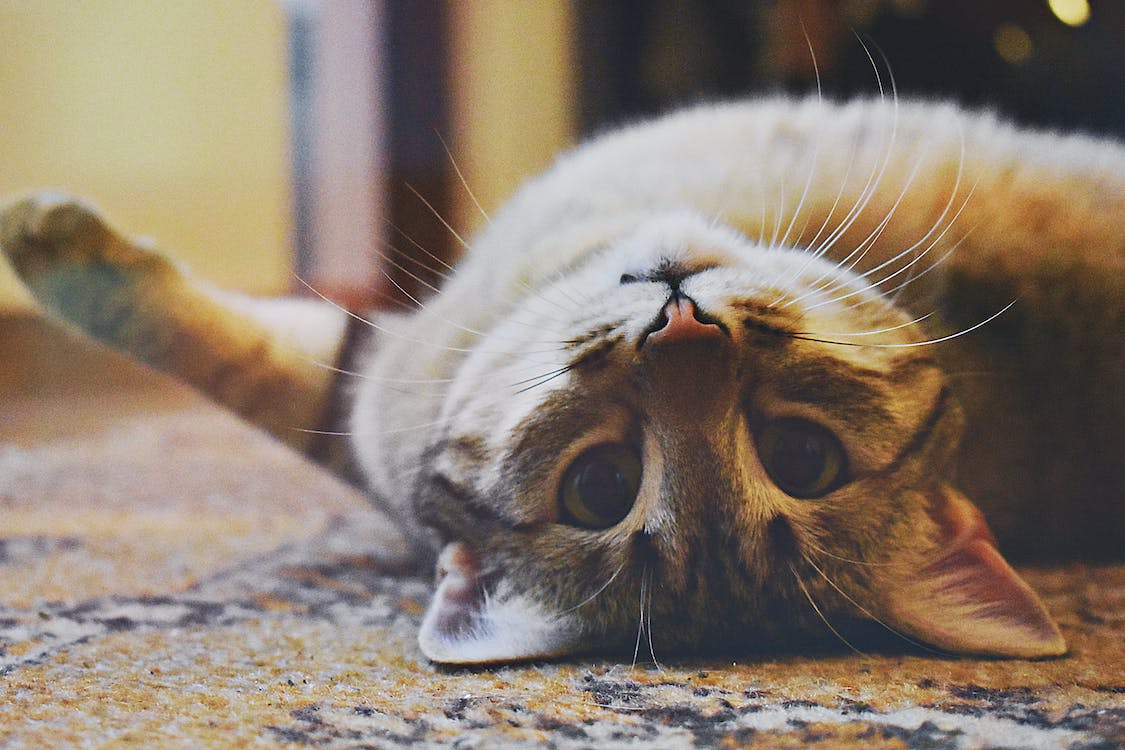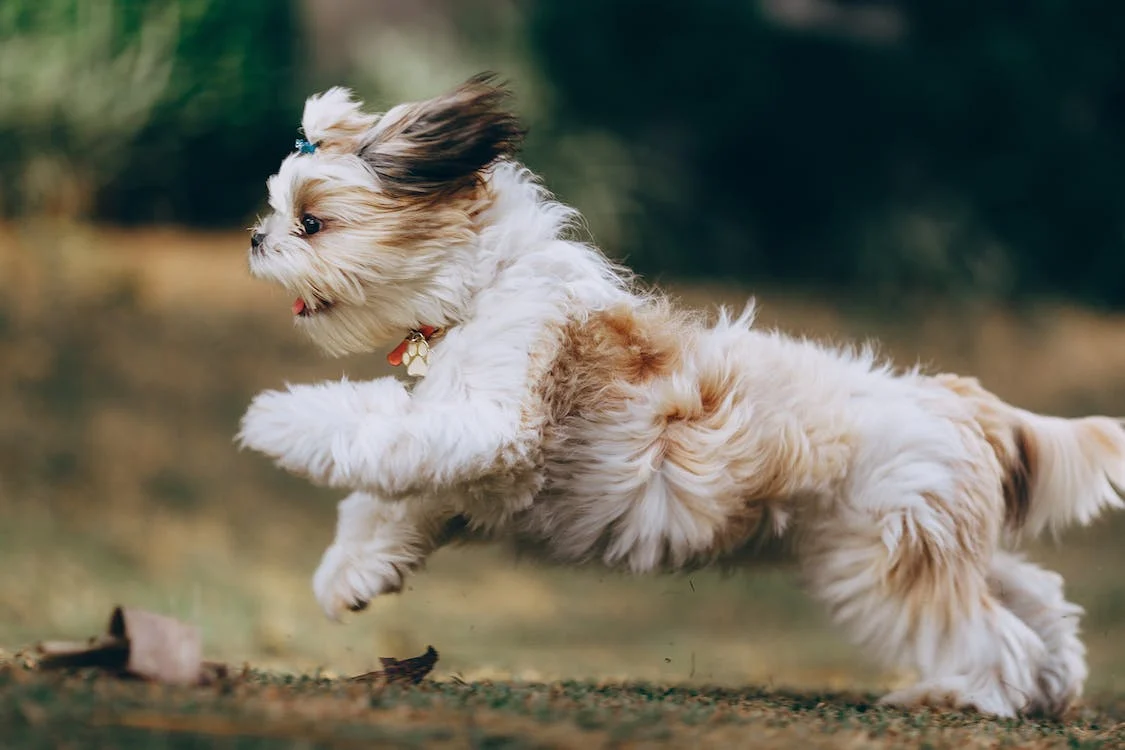Nothing beats the bond between a pet and their owner, and capturing that particular relationship in a photograph can be a treasured memory for years to come. Yet, photographing your pet might be difficult, especially if they are highly energetic or easily distracted. But don’t worry; with the appropriate skills and a little time, you can get amazing photos of your cherished companion that genuinely display their distinct characteristics. These pet photography ideas will help you take your pet photography to the next level, whether you’re an expert photographer or just starting out.
1. Experiment with Different Angles
Photographing your pet from odd angles and perspectives can help add visual appeal and make your images stand out. Getting down on the floor and shooting at eye level with your pet is a great strategy. This method captures your pet’s facial emotions and characteristics more naturally and intimately. But don’t get your pet too excited, as this can result in grainy or unfocused photographs. Make as little eye contact as possible and move slowly and steadily to avoid this.
Besides capturing at eye level, you can also try taking pictures from high above or far below your pet. These perspectives can add depth and interest to your images by creating a dramatic and distinctive perspective. Regardless of the position, be sure to focus on your pet’s eyes to bring out their personality and emotions.
When composing your shots, keep in mind the rule of thirds. This technique involves dividing the image into thirds, both horizontally and vertically, and placing the subject or focal point at the intersection of the dividing lines or along one of the lines itself. This creates a balanced and visually pleasing composition that draws the viewer’s eye to the subject.
2. Let Your Furry Friend Do What They Love
To fully capture your pet’s charm and characteristics, let them do what they enjoy. Including a mix of exciting action photos and stills can help reflect your pet’s particular personality, whether they’re snuggling in their favorite position or playing with their favorite toy.
To prevent capturing a “bored pet,” make sure to keep them happy and interested with toys and treats. Moreover, to bring out your pet’s fun side, try to be vibrant and involved with them. One advantage of engaging them in play is that they will eventually weary, allowing you to catch some relaxed and still images later on.
Knowing your pet’s personality is essential when planning a scenario or choosing a location for your photo shoot. Consider capturing your pet getting into mischief or being caught in something if they are curious and adventurous. If you’re a Star Wars lover, try dressing up your pet and incorporating a stuffed Star Wars figure in the shot – but first, make sure they’re comfortable with it.
You may create a comfortable and fun setting for your pet by being attentive to their wants and interests, resulting in more natural and real images that truly reflect their unique personality and character.
View this post on Instagram
3. Explore Different Scenes and Locations
Changing up your photo session surroundings as often as possible helps keep your pet involved and interested, keeping them from growing bored and uncooperative. Switching up the setting will give you a wider choice of images to choose from, which is especially useful if you want to build a photo album or display your pet on social media.
Take advantage of weather conditions, such as snow or a light drizzle, to bring interest and variation to your images, which can offer a unique and atmospheric touch to your shots. Using vibrant colors in the background, textures such as shag carpets or vegetation, and diverse inside settings such as a bed or window can also add visual appeal to your images.
Gardens, parks, and beaches are also excellent places to photograph your pet in natural and intriguing situations. These places can also give varied lighting conditions, giving your images a distinct appearance and feel.
By experimenting with different settings and environments, you may develop a diverse and visually appealing photo collection that features your furry buddy in a range of unusual and intriguing scenarios.
4. Play with Lighting
Using various lighting techniques can help define the mood and tone of your pet photography while also adding aesthetic interest to your photos. Bright and vibrant lighting can create a joyful and upbeat environment, but dark lighting can add drama and intensity.
Experimenting with different lighting settings, such as black-and-white or sepia, can also give a distinct and artistic touch to your photographs. Black-and-white mode, for example, can give your photos a traditional and timeless sense, whereas sepia can give them a vintage and warm appearance.
Natural light can also be a valuable asset in pet photography. If you don’t have access to studio lighting, using natural light sources like windows can give your images a warm and inviting atmosphere. Sunshine can also cast interesting shadows and highlights, adding depth and character to your images.
Another great technique to add visual interest to your images is to use shadows and silhouettes. Play with different lighting techniques and angles to produce unique and dramatic shadows and silhouettes of your pet. They can add drama and mood to your photos, as well as a feeling of mystery and intrigue.
5. Get Down on Your Pet’s Level
Regarding pet photography, it’s vital to note that huge cameras and unusual environments can be frightening to pets. This can make capturing their actual personality and character in a photograph challenging.
Getting down on your pet’s level is one method to overcome this. Create a more intimate and engaging composition that truly captures their essence by going on the ground and seeing things from their perspective. This can also make your pet feel more at peace and at ease with the setting, resulting in more natural and authentic shots.
When you’re on your pet’s level, you can examine new angles and viewpoints that you would not have considered before. This can help you get unusual and exciting photos that genuinely display your pet’s personality and open up new creative options.
In addition to getting down on your pet’s level, it’s critical to build trust and a relationship with your pet before and during the photo shoot. This can make them feel more at ease and calm, resulting in more natural and spontaneous shots. Patience and a cheerful attitude are also essential while dealing with pets, as getting the right photo might take time.
6. Avoid Using Flash as Much as Possible
When taking photographs of your pets, keep in mind that the use of flash can be intimidating and hazardous to their eyes. The flash can induce “green eye” in some pets, which obscures the normal color of their eyes and gives them a ghostly look. This illusion is created by the tapetum lucidum, a reflective layer beneath their retina that allows them to see well in the dark.
Fortunately, there are solutions to this dilemma. The simplest method is to use natural light, which does not reflect in the pet’s eyes. If you must use a flash, try to keep it away from your pet’s eyes. Instead, direct it above or away from your furry friend to lessen the possibility of reflection. Another alternative is to filter the flash with a softbox or a diffuser to lower the intensity of the light and create a softer, more natural image.
7. Try the Burst Mode Option
Continuous shooting mode, commonly known as the burst mode or drive mode, allows your camera to snap a number of photographs in quick succession with a single shutter release. This is a fantastic tool for shooting dogs because it allows you to capture a variety of expressions and movements in a short amount of time.
Dogs can be unpredictable and fast-moving, so being able to shoot numerous images rapidly is essential to capturing the exact moment. You may prevent missing out on excellent images of your pet doing something unexpected or cute by using continuous shooting mode.
To use continuous shooting mode, simply locate and enable the setting in your camera’s menu or control panel. Most cameras feature various levels of continuous shooting modes to select from, allowing you to tailor the speed and amount of shots each burst to your specific needs.
Continuous shooting mode might consume a lot of memory on your camera’s memory card, so make sure you have plenty of space available. Furthermore, it can drain your camera’s battery faster than standard shooting mode, so have an extra battery on hand or charge your camera completely before the shot.
8. Know the Camera Accessories You May Need
While photographing your pet, having the appropriate camera accessories can make a significant difference in the quality of your shots. It’s critical to be aware of the various camera attachments that might assist you in getting the greatest images of your pet. Check the infographic below to learn more about the different camera accessories that you may need when taking fun pictures of your furry friend.
In conclusion, taking photographs of your pet may be a pleasant and gratifying activity. These ideas will help you achieve the ideal shot whether you’re using a professional camera or just your smartphone. So grab your camera, go outside, or stay inside, and have fun capturing your pet’s own personality and charm.






